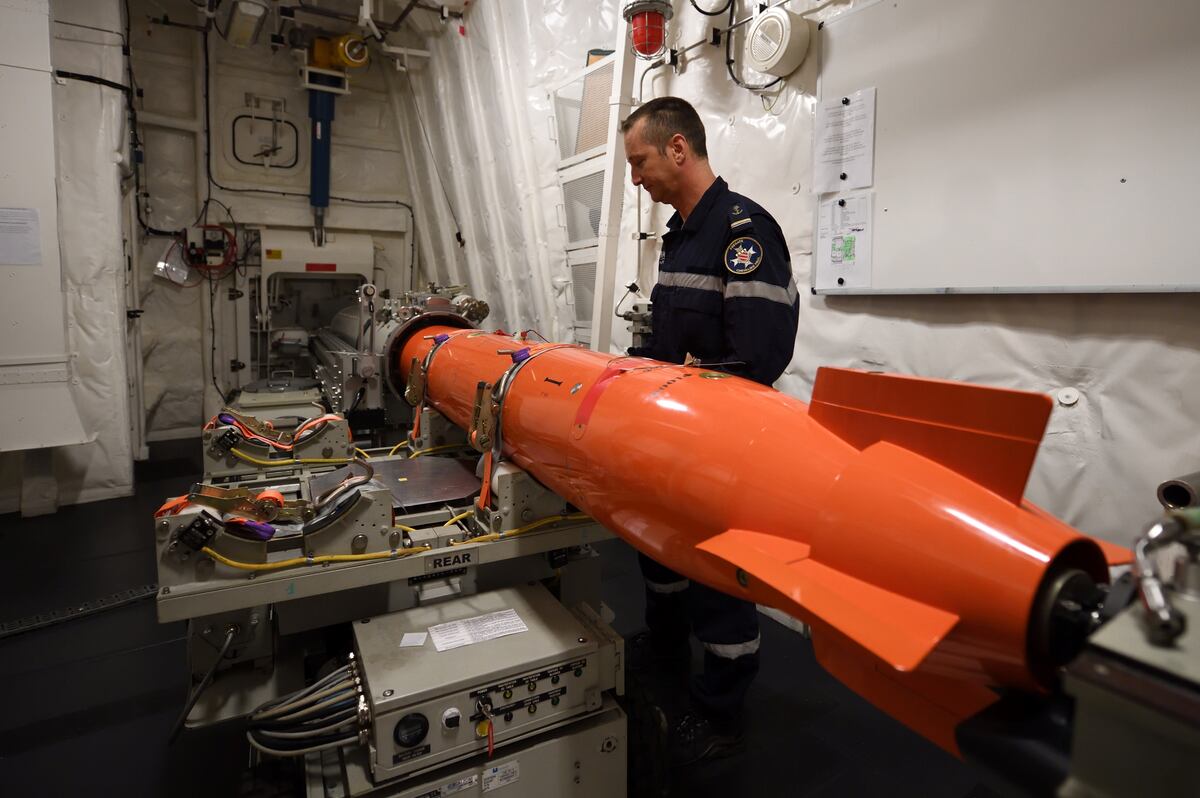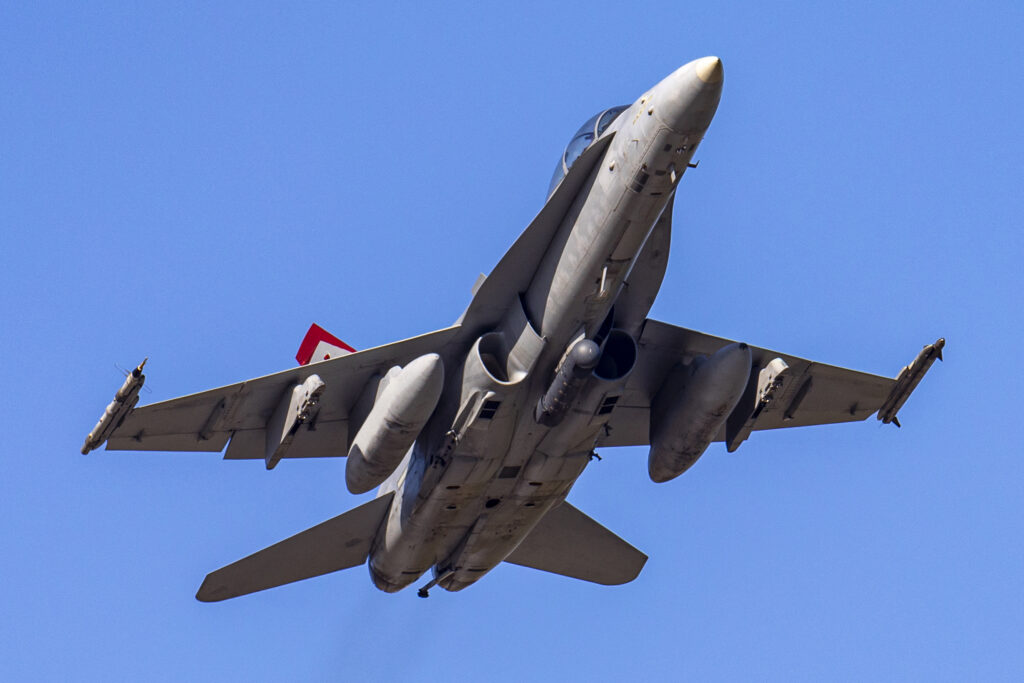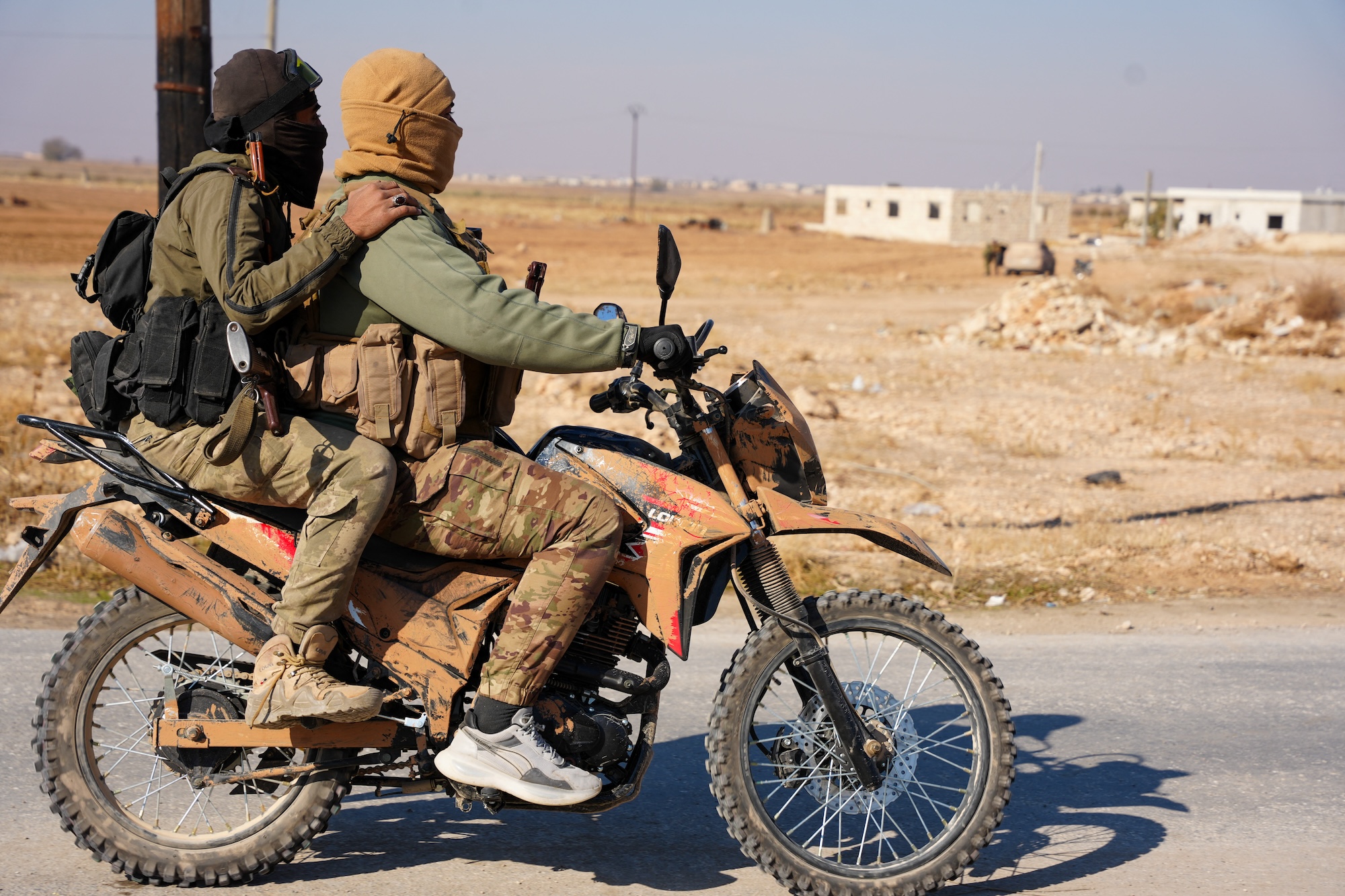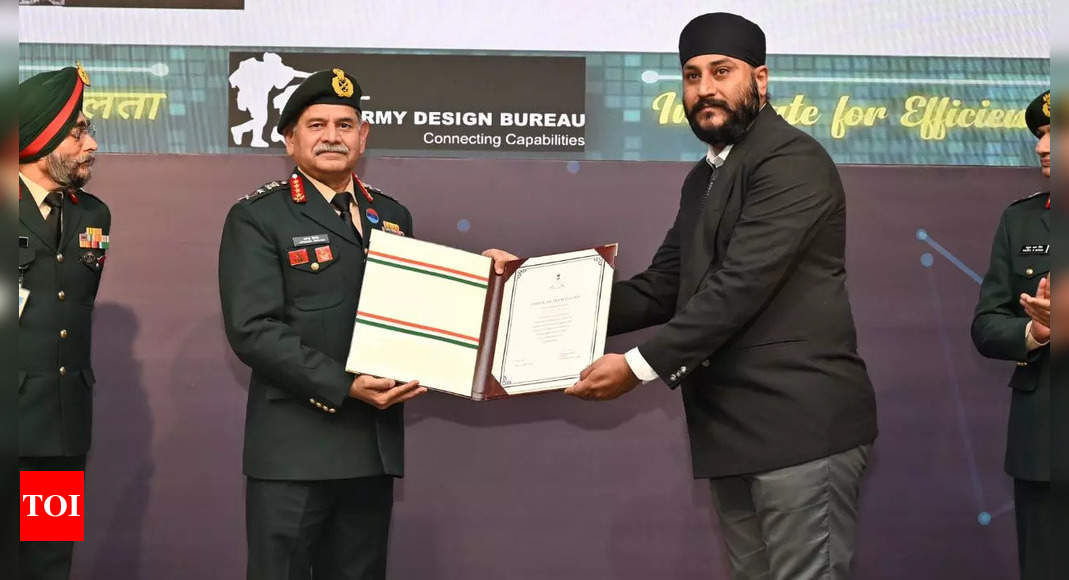Naval Companies Pursue Kinetic Torpedo Interceptor Amid Industry Evolving Challenges
MILAN — The pursuit of advanced underwater defense mechanisms is intensifying as French and Turkish naval companies explore the creation…
Northrop Grumman Secures Contract to Enhance F/A-18 Super Hornet with Advanced Tactical Data Links
Northrop Grumman has announced it has been awarded a contract to integrate advanced tactical data links into the US Marine…
Indian Army Unveils Bust of 1971 Indo-Pak War Hero 2nd Lt Radha Mohan Naresh in Kollam
In a heartwarming tribute to valor and sacrifice, the Indian Army commemorated the heroism of 1971 Indo-Pak war veteran 2nd…
ISRO and Indian Navy Complete Recovery Trials for Gaganyaan Mission
In a significant step towards realizing India's first human spaceflight mission, Gaganyaan, the Indian Space Research Organisation (ISRO) and the…
Syrian Rebel Leader Meets Outgoing PM to Discuss Power Transfer After Assad’s Ouster
In a significant development following the recent toppling of President Bashar al-Assad, Syrian rebel leader Abu Mohammed al-Jolani, who is…
Mechanical Engineer Develops Innovative ‘Phoenix Foot’ Prosthetic for Amputee Military Personnel, Receives Army Chief’s Commendation
In a remarkable initiative aimed at improving the lives of amputee military personnel, Gurvinder Singh, a 41-year-old mechanical engineer and…






